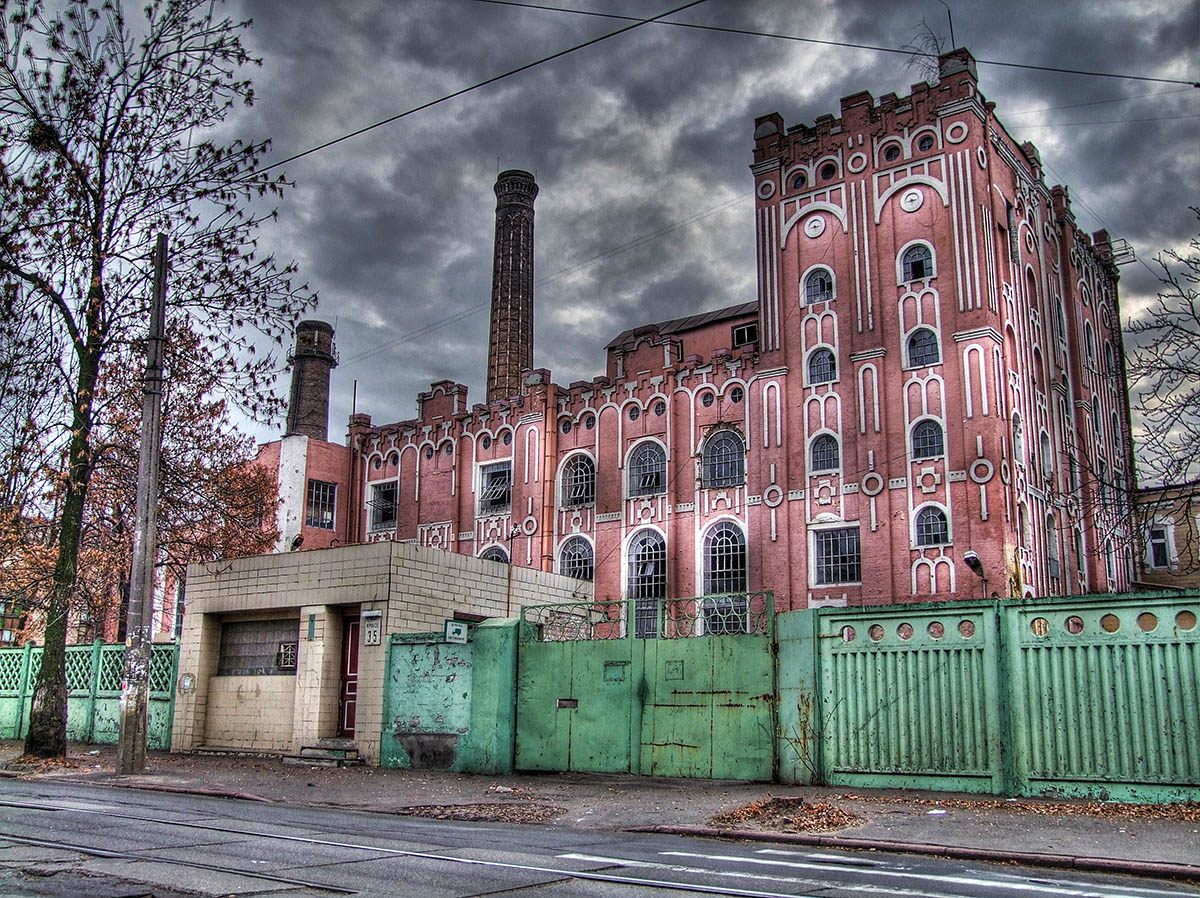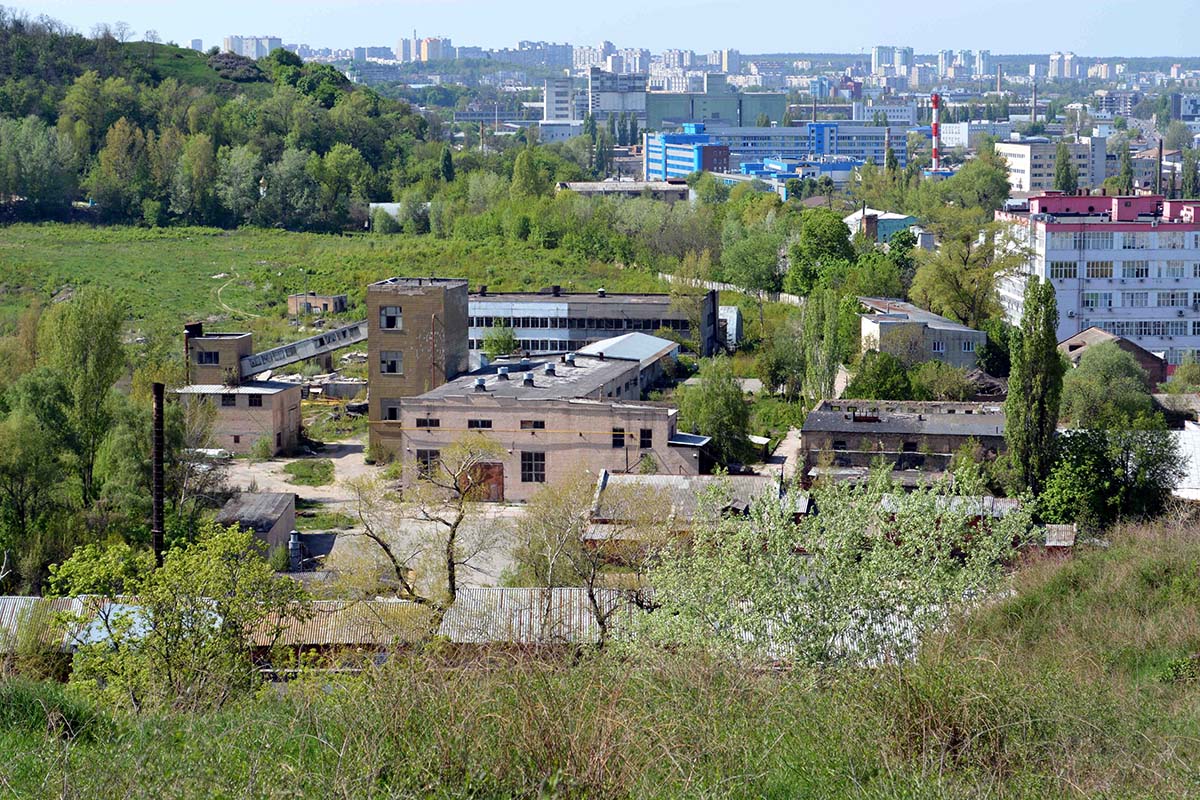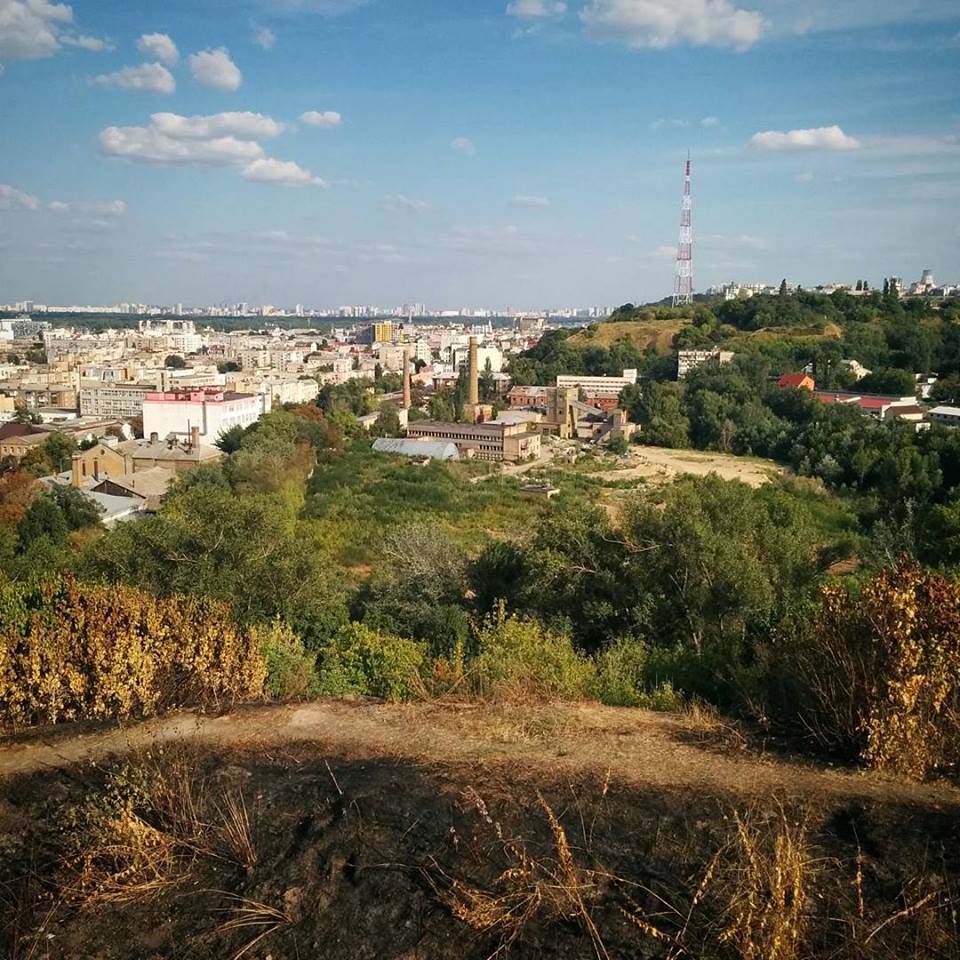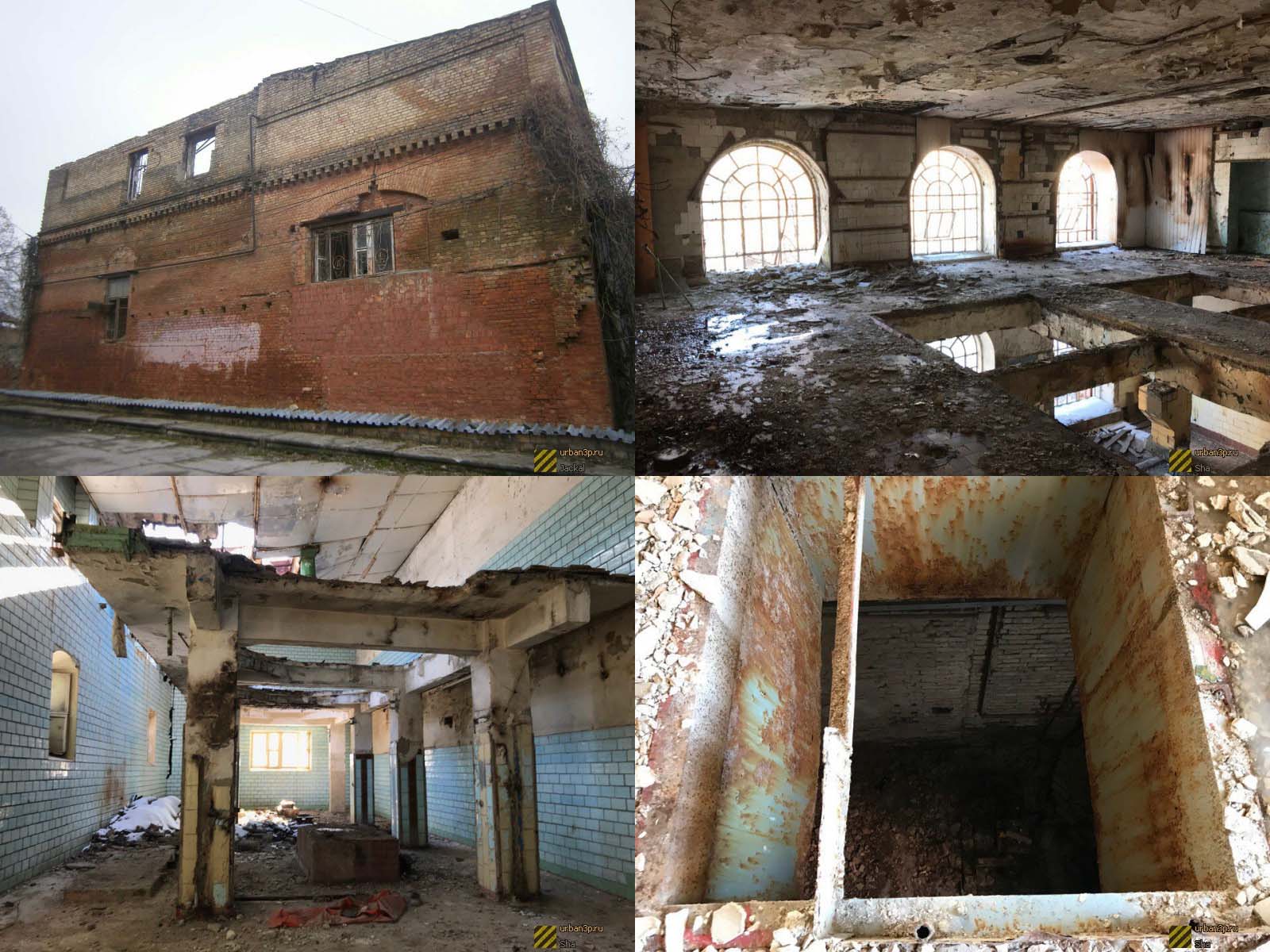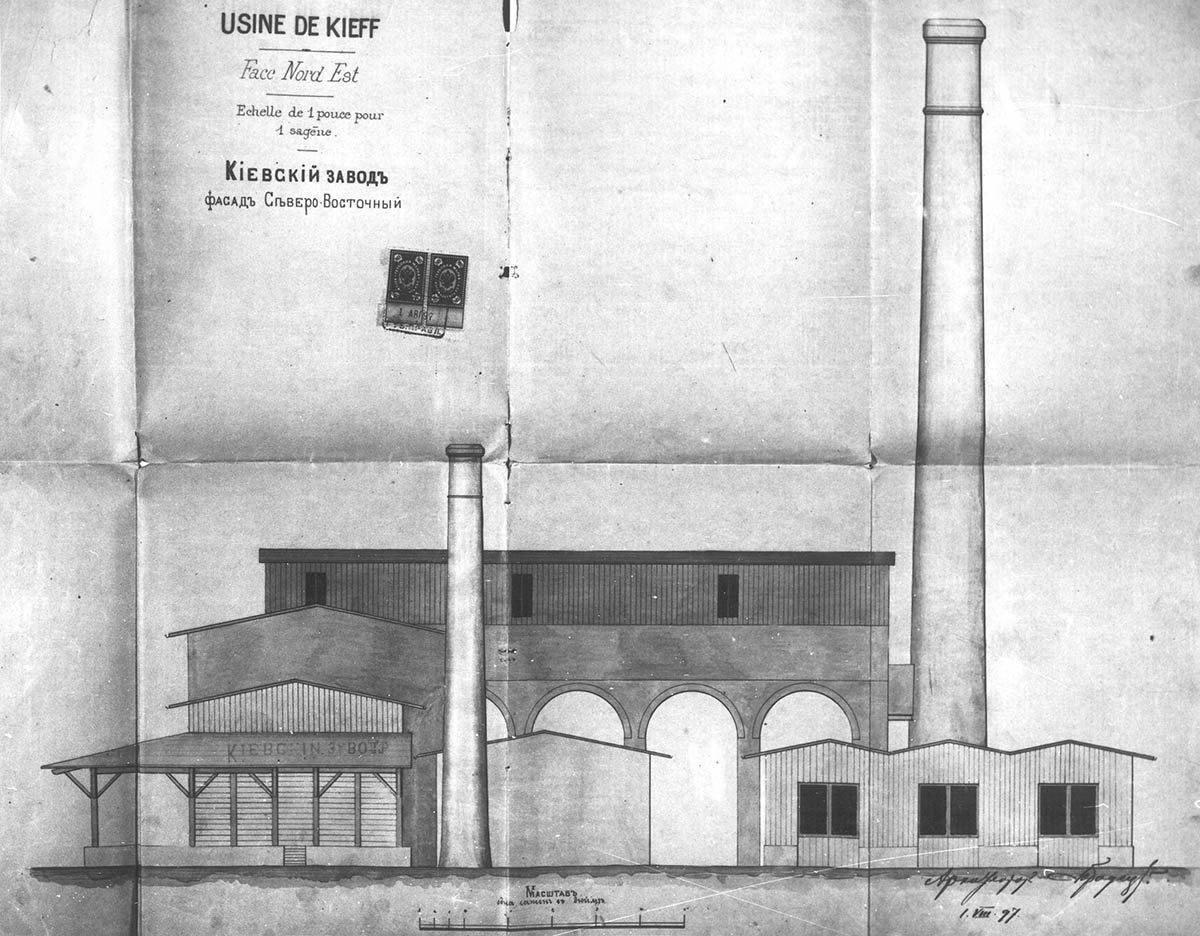The history of production began in 1894, when entrepreneur Mikhail Richert acquired a plot of land at the corner of Kirillovskaya and Nizhnee-Yurkovskaya streets. Here, back in the 18th century, there was a small brick factory Kirillovsky Monastery, which later became the property of the Gudim-Levkovich family. Richert significantly improved the factory – in 1895 a stone “Hoffmann kiln” for making bricks and a high chimney were built here. In the quarries adjacent to the brick factory there was high quality blue clay from which heat-resistant bricks were made. This brick was mainly used for laying stoves. If you knock on the metal, it “rings,” which indicates its excellent quality. At that time, production volumes reached 20,000 rubles per year. The First World War, revolution and civil war led to the bankruptcy of the enterprise. Immediately after the war, captured Magyars and Germans began to restore the destroyed brick factory, and the Kerambloki enterprise began operating in new buildings.
In 1948, the main type of product became the production of facing tiles, and since 1959 the company has specialized in the production of facade cladding materials. In 1962, for the first time in the history of the USSR, the plant mastered the production of glazed mosaic tiles. 85% of all products produced by the brick factory were used for the construction needs of Kyiv and the Kyiv region. Pervomaisky massif, Nivki, Otradny, Borshchagovka were built from products of the Richert plant. The well-known “Khrushchev buildings” were also built from factory-made ceramic brick products. Since 1978, the plant began producing brick blocks for kindergartens, because reinforced concrete blocks were inappropriate to use for these purposes. Then a decline in production began, the number of wall panels and bricks produced decreased. The plant could not withstand competition with large house-building plants and factories of reinforced concrete products, which led to its rapid closure after the collapse of the USSR. As of 2018, the brick factory has been demolished.
In 1889, Mikhail Richert bought a small Podolsk brewery for 18,000 rubles. The Kiev authorities refused to allow him to set up a yeast and wine factory on the site of the brewery, since the conclusion of the sanitary commission stated that the Yurkovitsa River adjacent to the plant was excessively polluted. Then Richert took a break for a couple of years and in 1891 submitted an application to convert the small brewery into a full-fledged brewery, but with a small production volume. This time the sanitary commission granted his request and city officials signed documents for the construction of the plant. In 1913, the Richert brewery employed more than fifty people, assisted by steam engines with a power of about 100 horsepower, and beer production reached 400,000 buckets per year. After the October Revolution, the plant was renamed “Salvator” and began to produce soft drinks. For some time the enterprise belonged to the Food Trust, after which it stood abandoned until the summer of 1930, when the question arose about rebuilding the plant into a metalworking plant. In the fall, this proposal was rejected at the request of the Food Trust. Some time later, the plant of the Ukrainian Starch and Molasses Trust began its work there. In 1961, the company’s buildings were completely reconstructed, and the plant itself began to specialize in the production of malt extracts. After the collapse of the USSR, the Richert plant did not last long – first it was renamed Kiev Malt Extract Plant LLC, and in 1996 production was completely stopped and closed. As of 2018, the plant has not yet been demolished.
Where were Mikhail Richert’s factories?
Kirillovskaya street, 35
